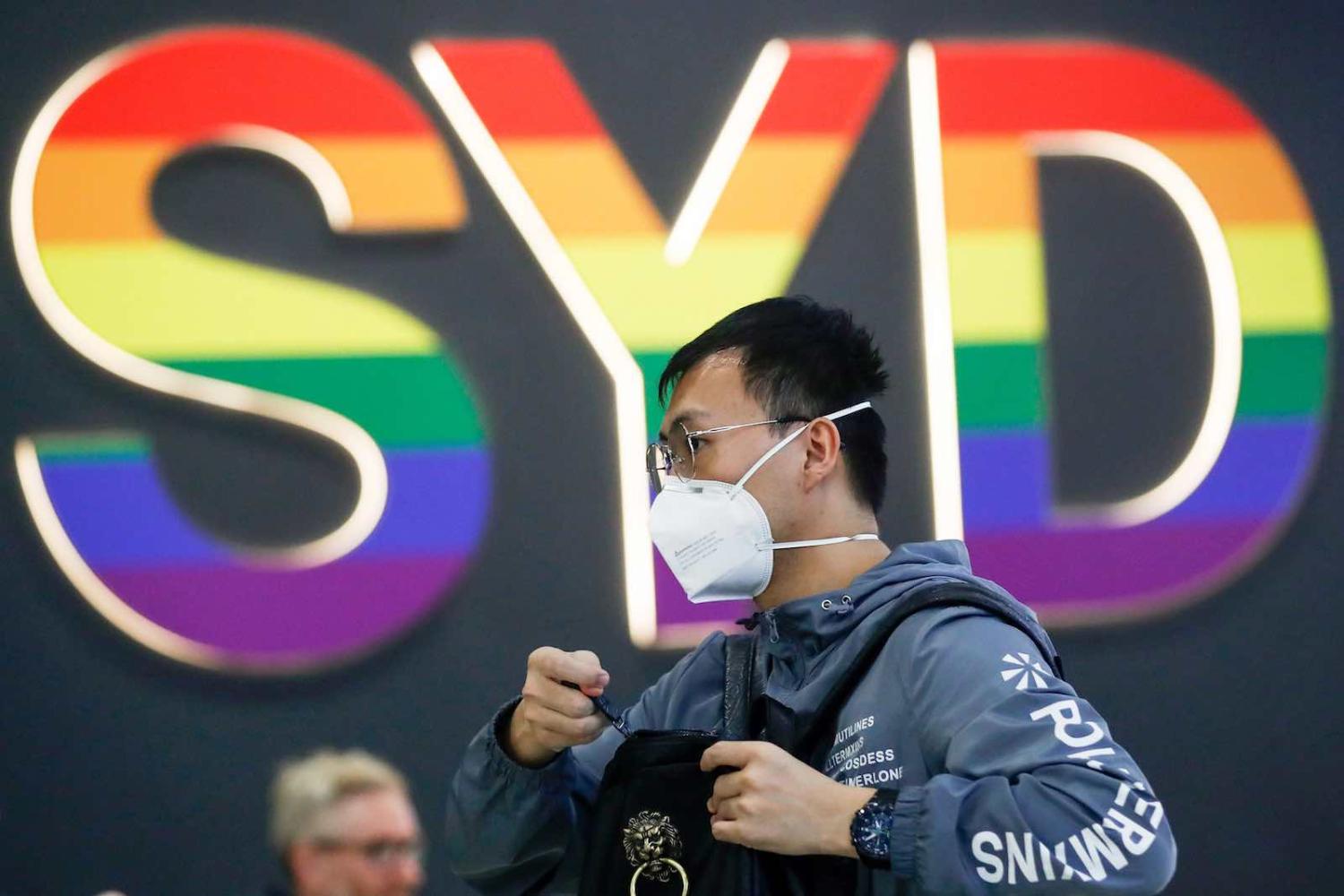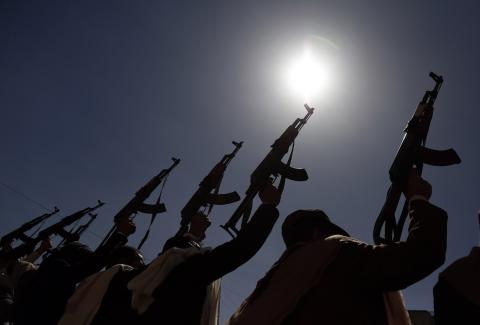Over the past four months as Covid-19 has spread to cities and countries across the world, we’ve been inundated with strange terms and exponentially growing numbers. Names that once merely described locations are now examples to fear – Wuhan, South Korea, Iran, Italy – and ancient traditions that have never been diverted have been discarded like yesterday’s biohazard trash. The streets of Paris, empty. The Haj, cancelled. Tokyo2020 = Tokyo2021 please. Borders locked down, demands for self-isolation, all to stop the spread of Covid-19.
The terrible power of this disease is not how deadly it is to individuals, but how crippling it can be health systems. Societies that blink can find themselves overwhelmed. Cases can jump from 200 to 2000 in a week. People needing intensive care and respiration can outnumber the beds and equipment available. The worst is when it takes a health worker, because then you add to the victims while subtracting from our defenders.
Covid-19 can be stopped. Complete control over this disease is the only acceptable strategy. And it is being done. Even when the outbreak seemed out of control, like in South Korea, the containment lines have been re-established. Best of all, complete control is the cheapest strategy, whereas planning for “herd immunity” – effectively allowing people to be infected in the hope of limiting the spread of the virus – carries a high cost in deaths.
Fighting Covid-19 is like surveillance of an enemy spy. You have to find it. Know everywhere it is. Everywhere it’s been. Everyone it met. Every. Single. Case.
By now, we’re all familiar with social distancing. Social distancing is like imposing border controls: it buys you time. It carries a cost, but it slows down the spread. Social distancing is Plan C. Social distancing is what you do when you don’t have control over the disease.
Contact tracing was Plan A. We lost track of Covid-19 because of politics – suspicions about the transparency of reporting (China, Iran) or an initial failure to take threat seriously (the United States) – but control can be regained. Testing is Plan B. That’s how South Korea and China reasserted control. Right now, testing is difficult, with supply limited, which is why Australia is on Plan C, social distancing.
Europe is moving rapidly to Plan D, which is extreme social isolation. That is immensely costly.
What do I mean by control? I’m borrowing the phrase from Tom Marcus, the former MI5 officer who wrote about his experience in counterespionage. In his books, MI5 describe having direct visual surveillance of an enemy spy as “having control”. If they know what the spy is up to, they can intervene and foil the plot. Fighting Covid-19 is the same. You have to find it. Know everywhere it is. Everywhere it’s been. Everyone it met. Every. Single. Case.
This is the lesson from Wuhan. Doctors there talk about an army of Sherlock Holmeses, hunting for clues about where the virus has been. Only when we know everywhere this virus has been can the disease be controlled.
Testing and tracing is key. Right now, Australian protocols only permit testing if a patient can prove an epidemiological link to a known case, or if they’re sick enough from pneumonia to be admitted to intensive care and doctors can’t find any other explanation for the symptoms. Yet if only 18% of cases are likely to be admitted to an ICU, that means for every case of the virus we find hiding in the community, there were probably at least six more a week ago, which in that time undetected can produce 60 more cases. Then each of those needs to be found, but with no clues to start with.
So instead we need to test every suspect case. At present, it appears there’s a global shortage of the reagents needed to do the tests. Labs around the world are working on it. That’s why social distancing is needed to buy them the time they need.
Every person in Australia – and across the world – who has flu-like symptoms needs to immediately self-isolate. Call health authorities (in Australia, the hotline for Covid-19 triage is 1800 020 080) and let them know you’re a possible case. Then start doing your own contact tracing.
Write down everywhere you’ve been for the two weeks before the onset of symptoms. Everyone you met. As much of what you remember you touched. This is not easy. Call everyone you met and tell them you have symptoms. Find out if they do. You may need to tell them the symptoms – often they’re mild. Sore throat. Persistent dry cough. Aches. Fever. Short breath. Find out how the virus got you. You’re a virus hunter now.
When you find where it came from, now that person can isolate, too. Two cases off the streets. Time to find out how it got them. Help each other. Jog each others’ memory. Write it down. Tell your health authorities. If you find a cluster, you just saved your city. Aggressive, persistent contact tracing is the cheapest way to stop this disease.
Then comes the hard part: we have to keep control for at least 18 months until our scientists can produce, test, and then distribute a vaccine. No one is immune – that’s the problem. And the virus won’t be eradicated. We still don’t know the original source. Vaccines can’t be faster – safety protocols cannot be compromised. A mistake and the public may never trust vaccines for any disease ever again. Months of vigilance is what it will take.
Getting through this will demand a level of solidarity that is hard to imagine in a world as divided as it has ever been. Yet we now have a common enemy to unite against. It can be done.

